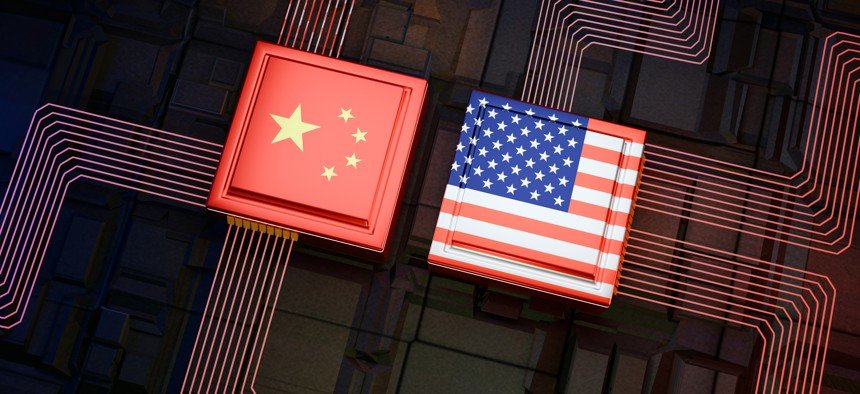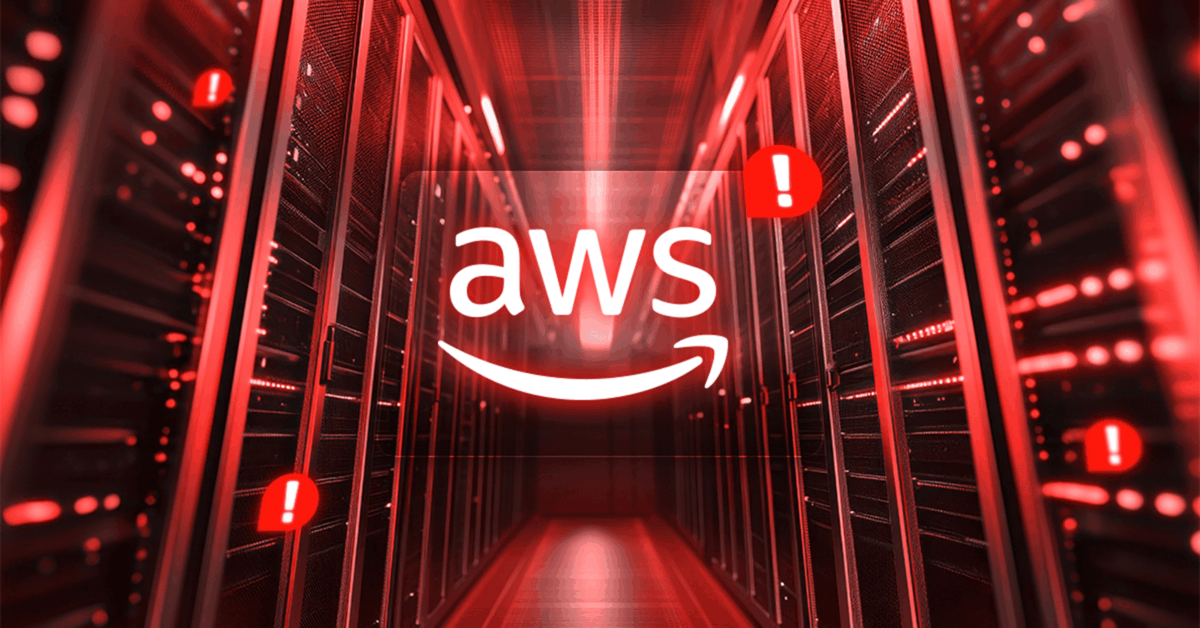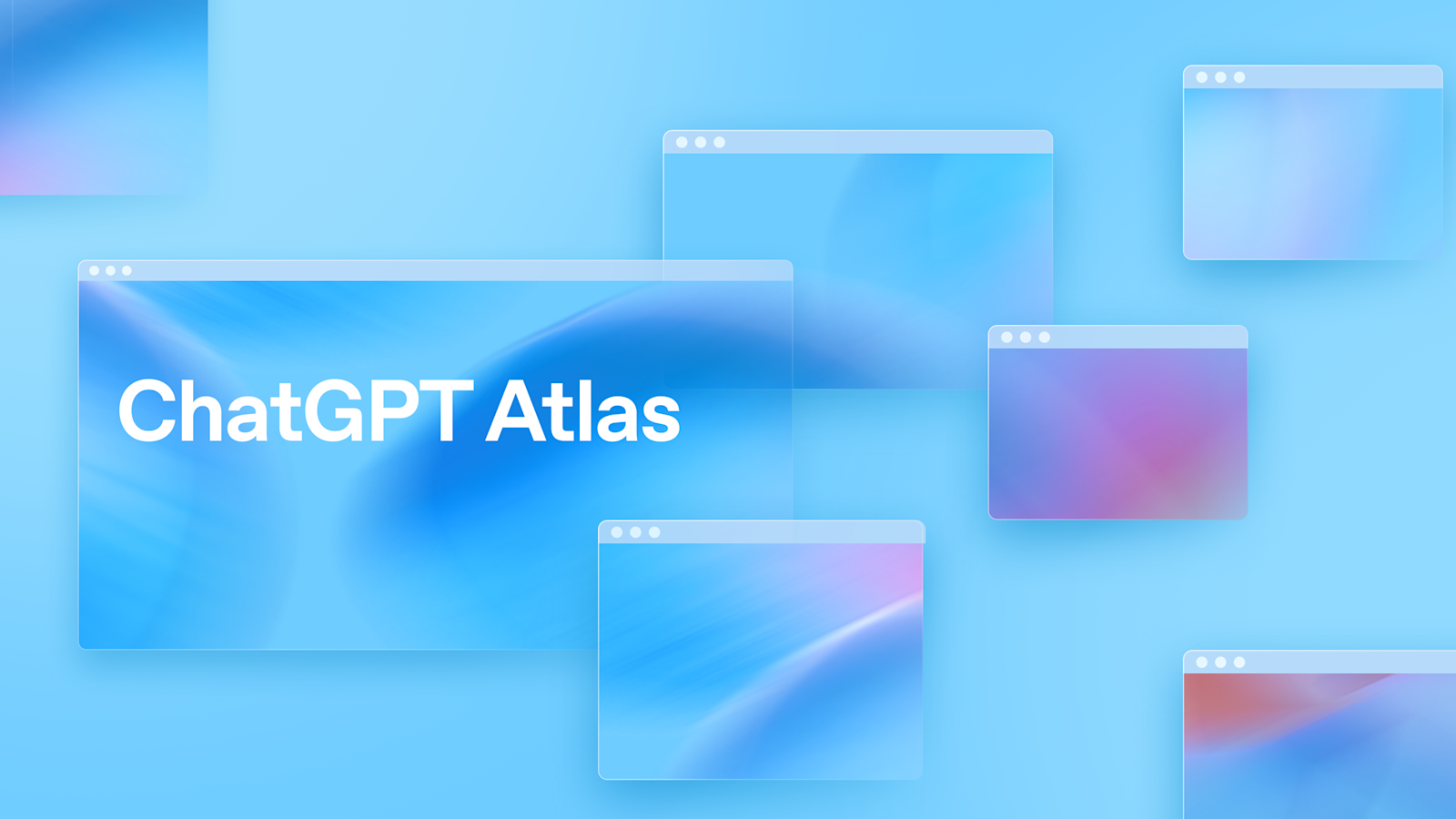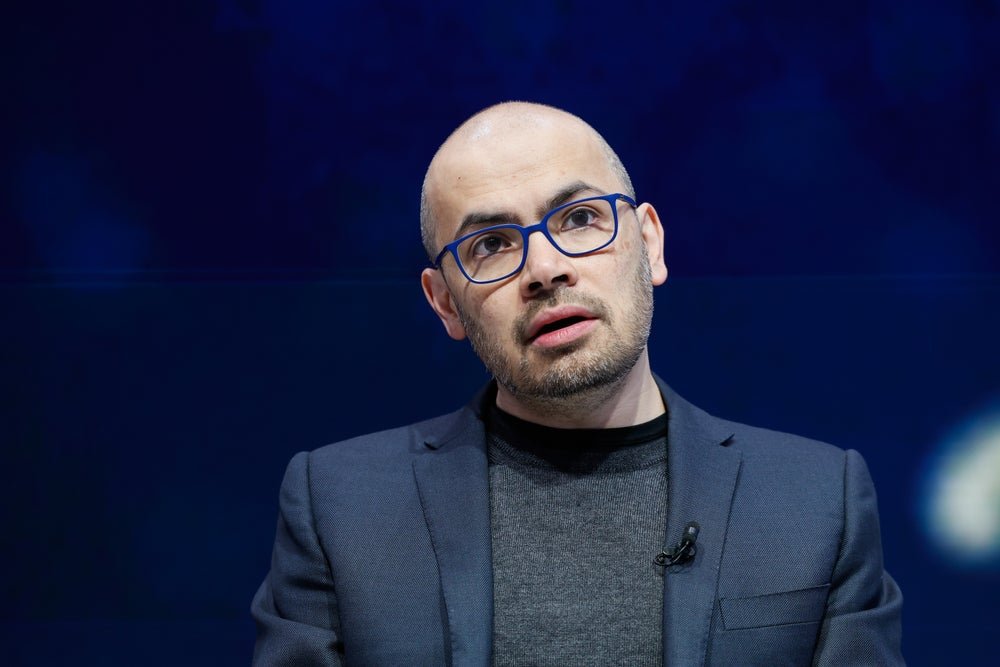OpenAI is taking significant steps to enhance its governance, safety, and security practices by establishing an independent Safety and Security Committee (SSC). Chaired by Zico Kolter, Director of the Machine Learning Department at Carnegie Mellon University, the committee aims to oversee critical safety and security measures related to model development and deployment, ensuring that AI advancements align with robust safety standards.
Key Areas of Focus for the Safety & Security Committee
The new committee’s mandate is broad and critical, addressing five major areas:
- Establishing Independent Governance for Safety & Security
- Enhancing Security Measures
- Being Transparent About Our Work
- Collaborating with External Organizations
- Unifying Safety Frameworks for Model Development and Monitoring
These steps are designed to refine OpenAI’s approach to releasing safe, reliable AI models while adapting to emerging threats and technological challenges.
Independent Governance for Safety & Security
The Safety and Security Committee will now function as an independent oversight body reporting directly to OpenAI’s Board of Directors. The committee will be chaired by Zico Kolter and include notable members such as Adam D’Angelo (CEO of Quora), retired US Army General Paul Nakasone, and Nicole Seligman (former General Counsel of Sony Corporation).
This committee will be integral in reviewing safety evaluations for OpenAI’s major model releases, including exercising authority to delay launches until safety concerns are fully addressed. The committee will receive regular briefings on technical assessments, post-release monitoring, and ongoing safety evaluations, ensuring a vigilant approach to risk management across OpenAI’s expanding suite of AI models.
Enhancing Security Measures
In response to growing cybersecurity threats, OpenAI is bolstering its security protocols. The organization will continue its risk-based approach, evolving security measures as threat models change. Key enhancements include expanded internal information segmentation, increased staffing for 24/7 security operations, and ongoing investment in securing OpenAI’s research and product infrastructure.
A notable future initiative includes the potential creation of an Information Sharing and Analysis Center (ISAC) specifically for the AI industry. This would facilitate greater collaboration on threat intelligence, bolstering collective resilience against cyber threats within the AI sector.
Transparency in AI Development
OpenAI is committed to transparency regarding its safety efforts. It will expand on current practices such as publishing detailed system cards for its models. These cards, such as those for GPT-4o and the o1-preview, outline the capabilities, risks, and safety measures associated with each release. They provide comprehensive insights into external red teaming results, scientific risk evaluations, and mitigation strategies, making OpenAI’s processes accessible and understandable to stakeholders and the public.
Collaborating with External Organizations
OpenAI recognizes the importance of external validation in AI safety. The company is actively seeking new collaborations with third-party safety organizations, government agencies, and independent labs to conduct rigorous model safety assessments. Notable partnerships include collaborations with Los Alamos National Labs for bioscience AI safety and agreements with U.S. and U.K. AI Safety Institutes to research emerging risks and set trustworthy AI standards.
These collaborations aim to foster industry-wide safety benchmarks, with OpenAI playing a leadership role in advocating for stringent safety protocols across the AI landscape.
Unified Safety Framework for Model Development
To streamline its safety processes, OpenAI is developing an integrated safety and security framework with clear success criteria for model launches. This framework will be informed by risk assessments and approved by the Safety and Security Committee, evolving as AI models become more complex.
OpenAI has also reorganized its research, safety, and policy teams to ensure tighter integration, enhancing collaboration across the company. This reorganization aims to better align OpenAI’s internal resources with its mission of advancing safe and beneficial AI.
The Future of AI Safety at OpenAI
As OpenAI continues to develop cutting-edge AI technologies, the establishment of the Safety and Security Committee marks a significant step towards more robust governance and accountability. With independent oversight, enhanced security protocols, and a commitment to transparency and collaboration, OpenAI is positioning itself at the forefront of responsible AI development.
The safety landscape of AI is evolving rapidly, and OpenAI’s proactive measures demonstrate a clear dedication to mitigating risks and enhancing the reliability of its models. The SSC’s role will be crucial in guiding OpenAI through the challenges and opportunities that lie ahead in the ever-expanding world of artificial intelligence.
For further details on OpenAI’s safety practices and governance updates, please visit OpenAI’s official announcement.









